Ini adalah ilustrasi dari sebuah planet ekstrasurya besar yang baru terbentuk yang disebut AB Aurigae b. Para peneliti menggunakan data baru dan arsip dari Teleskop Luar Angkasa Hubble dan Teleskop Subaru untuk mengonfirmasi bahwa protoplanet ini terbentuk melalui proses intens dan keras yang disebut ketidakstabilan disk. Ketidakstabilan disk adalah pendekatan top-down, dan sangat berbeda dari model akresi primer yang dominan. Dalam skenario ini, piringan besar di sekitar bintang mendingin, dan gravitasi menyebabkan piringan itu dengan cepat pecah menjadi satu atau lebih bagian dari massa planet. AB Aurigae b diperkirakan memiliki massa sekitar sembilan kali massa Jupiter dan mengorbit bintang induknya pada jarak dua kali Pluto dari matahari kita. Kredit: NASA, ESA, Joseph Olmsted (STScI)
Hubble menemukan pembentukan planet dengan cara yang tidak biasa
Secara umum, pembentukan planet di alam semesta kita bisa diibaratkan seperti memasak makanan. “Bahan” komposisi planet dapat berubah seperti “metode memasak”.
Peneliti yang menggunakan[{” attribute=””>Hubble Space Telescope have caught a planet in the act of what could be likened to a “flash fry” — a violent and intense process called disk instability. In this method, instead of having a planet that grows and builds up from a small core accumulating matter and gas, the protoplanetary disk around a star cools, and gravity causes it to break up into one or more planet-mass fragments.
Astronomers have long searched for clear evidence of this process as a viable candidate in forming large, Jupiter-like planets, and Hubble’s resolution and longevity proved to be a key missing puzzle piece.
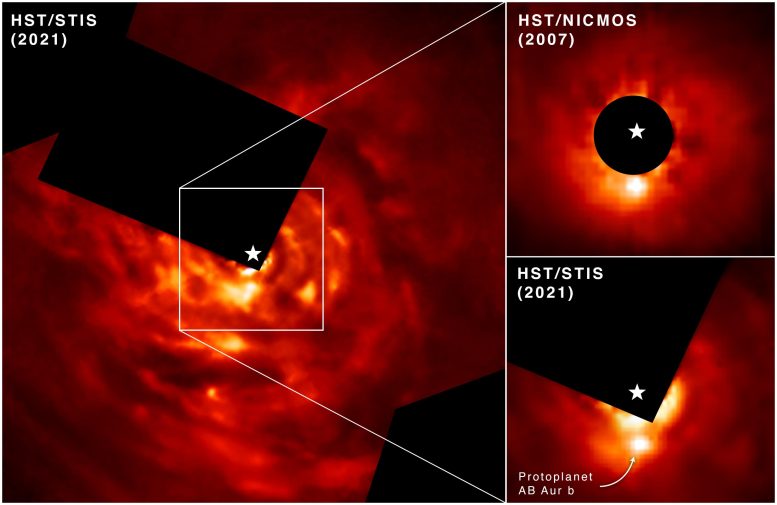
Researchers were able to directly image newly forming exoplanet AB Aurigae b over a 13-year span using Hubble’s Space Telescope Imaging Spectrograph (STIS) and its Near Infrared Camera and Multi-Object Spectrograph (NICMOS). In the top right, Hubble’s NICMOS image captured in 2007 shows AB Aurigae b in a due south position compared to its host star, which is covered by the instrument’s coronagraph. The image captured in 2021 by STIS shows the protoplanet has moved in a counterclockwise motion over time. Credit: Science: NASA, ESA, Thayne Currie (Subaru Telescope, Eureka Scientific Inc.); Image Processing: Thayne Currie (Subaru Telescope, Eureka Scientific Inc.), Alyssa Pagan (STScI)
Evidence shows violent collapse responsible for formation of Jupiter-like protoplanet.
NASA’s Hubble Space Telescope has directly photographed evidence of a Jupiter-like protoplanet forming through what researchers describe as an “intense and violent process.” This discovery supports a long-debated theory for how planets like Jupiter form, called “disk instability.”
The new world under construction is embedded in a protoplanetary disk of dust and gas with distinct spiral structure swirling around, surrounding a young star that’s estimated to be around 2 million years old. That’s about the age of our solar system when planet formation was underway. (The solar system’s age is currently 4.6 billion years.)
“Nature is clever; it can produce planets in a range of different ways,” said Thayne Currie of the Subaru Telescope and Eureka Scientific, lead researcher on the study.
All planets are made from material that originated in a circumstellar disk. The dominant theory for jovian planet formation is called “core accretion,” a bottom-up approach where planets embedded in the disk grow from small objects — with sizes ranging from dust grains to boulders — colliding and sticking together as they orbit a star. This core then slowly accumulates gas from the disk. In contrast, the disk instability approach is a top-down model where as a massive disk around a star cools, gravity causes the disk to rapidly break up into one or more planet-mass fragments.
The newly forming planet, called AB Aurigae b, is probably about nine times more massive than Jupiter and orbits its host star at a whopping distance of 8.6 billion miles – over two times farther than Pluto is from our Sun. At that distance it would take a very long time, if ever, for a Jupiter-sized planet to form by core accretion. This leads researchers to conclude that the disk instability has enabled this planet to form at such a great distance. And, it is in a striking contrast to expectations of planet formation by the widely accepted core accretion model.
The new analysis combines data from two Hubble instruments: the Space Telescope Imaging Spectrograph and the Near Infrared Camera and Multi-Object Spectrograph. These data were compared to those from a state-of-the-art planet imaging instrument called SCExAO on Japan’s 8.2-meter Subaru Telescope located at the summit of Mauna Kea, Hawaii. The wealth of data from space and ground-based telescopes proved critical, because distinguishing between infant planets and complex disk features unrelated to planets is very difficult.
“Interpreting this system is extremely challenging,” Currie said. “This is one of the reasons why we needed Hubble for this project—a clean image to better separate the light from the disk and any planet.”
Nature itself also provided a helping hand: the vast disk of dust and gas swirling around the star AB Aurigae is tilted nearly face-on to our view from Earth.
Currie emphasized that Hubble’s longevity played a particular role in helping researchers measure the protoplanet’s orbit. He was originally very skeptical that AB Aurigae b was a planet. The archival data from Hubble, combined with imaging from Subaru, proved to be a turning point in changing his mind.
“We could not detect this motion on the order of a year or two years,” Currie said. “Hubble provided a time baseline, combined with Subaru data, of 13 years, which was sufficient to be able to detect orbital motion.”
“This result leverages ground and space observations and we get to go back in time with Hubble archival observations,” Olivier Guyon of the University of Arizona, Tucson, and Subaru Telescope, Hawaii added. “AB Aurigae b has now been looked at in multiple wavelengths, and a consistent picture has emerged—one that’s very solid.”
The team’s results are published in the April 4, 2022, issue of Nature Astronomy.
“This new discovery is strong evidence that some gas giant planets can form by the disk instability mechanism,” Alan Boss of the Carnegie Institution of Science in Washington, D.C. emphasized. “In the end, gravity is all that counts, as the leftovers of the star-formation process will end up being pulled together by gravity to form planets, one way or the other.”
Understanding the early days of the formation of Jupiter-like planets provides astronomers with more context into the history of our own solar system. This discovery paves the way for future studies of the chemical make-up of protoplanetary disks like AB Aurigae, including with NASA’s James Webb Space Telescope.
Reference: “Images of embedded Jovian planet formation at a wide separation around AB Aurigae” by Thayne Currie, Kellen Lawson, Glenn Schneider, Wladimir Lyra, John Wisniewski, Carol Grady, Olivier Guyon, Motohide Tamura, Takayuki Kotani, Hajime Kawahara, Timothy Brandt, Taichi Uyama, Takayuki Muto, Ruobing Dong, Tomoyuki Kudo, Jun Hashimoto, Misato Fukagawa, Kevin Wagner, Julien Lozi, Jeffrey Chilcote, Taylor Tobin, Tyler Groff, Kimberly Ward-Duong, William Januszewski, Barnaby Norris, Peter Tuthill, Nienke van der Marel, Michael Sitko, Vincent Deo, Sebastien Vievard, Nemanja Jovanovic, Frantz Martinache and Nour Skaf, 4 April 2022, Nature Astronomy.
DOI: 10.1038/s41550-022-01634-x
The Hubble Space Telescope is a project of international cooperation between NASA and ESA (European Space Agency). NASA’s Goddard Space Flight Center in Greenbelt, Maryland, manages the telescope. The Space Telescope Science Institute (STScI) in Baltimore, Maryland, conducts Hubble science operations. STScI is operated for NASA by the Association of Universities for Research in Astronomy, in Washington, D.C.

“Kutu buku musik lepas. Pecandu internet bersertifikat. Pencinta perjalanan. Penyelenggara hardcore. “






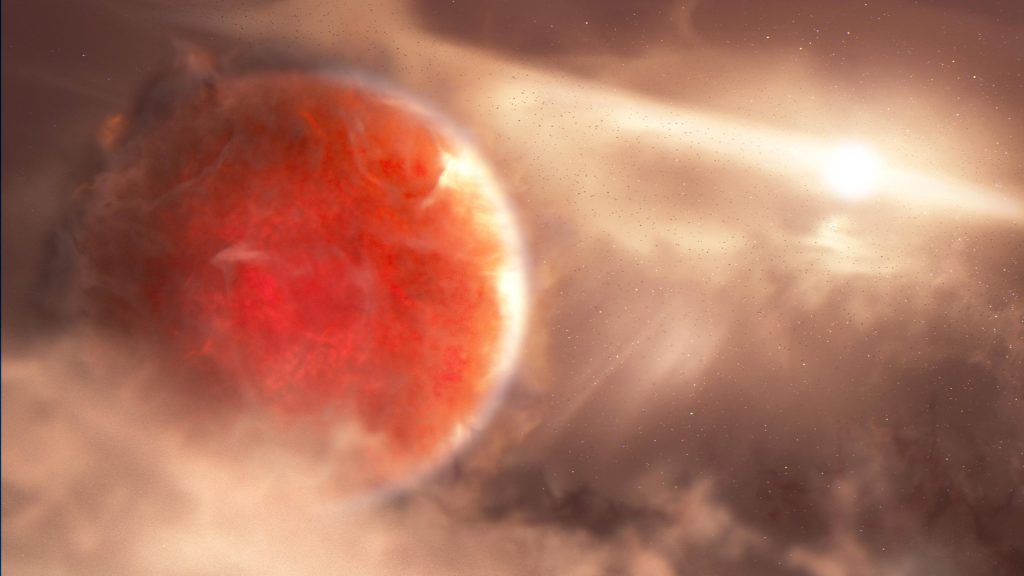

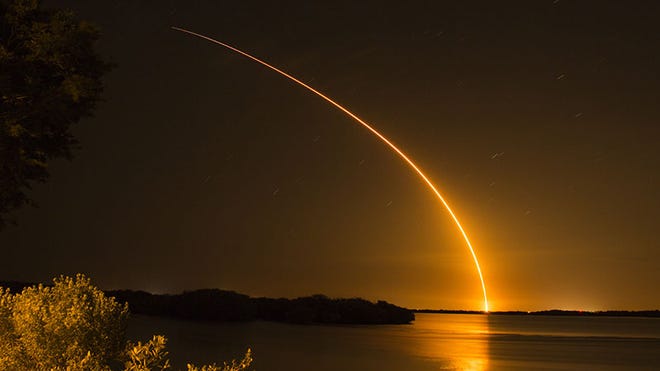
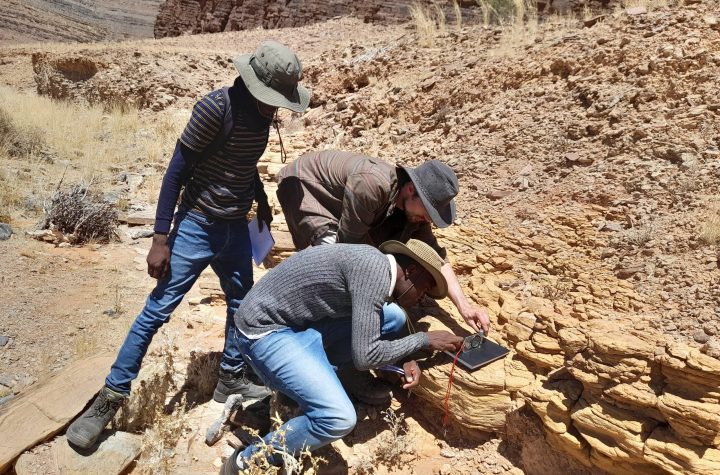
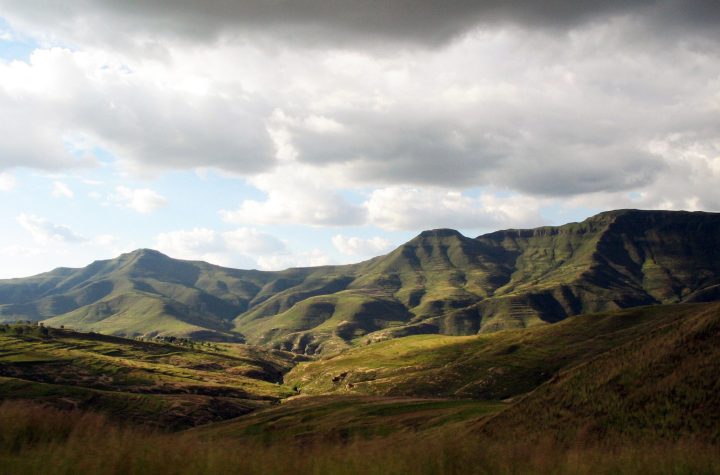
More Stories
Makanan cepat saji dan daging olahan mungkin menjadi penyebab kanker di kalangan anak muda: dokter
Kapan peluncurannya? Bisakah saya melihatnya di New Smirna?
Sebuah studi baru memetakan awal mula kehidupan hewan